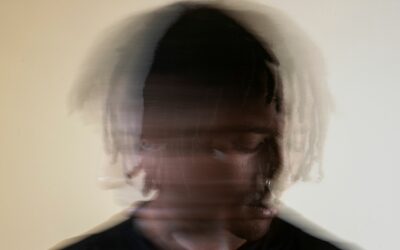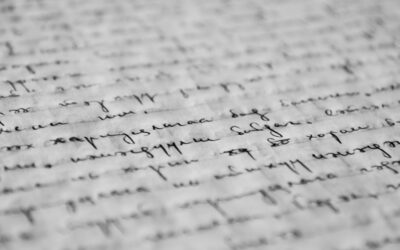By Cæcilie Liv Carlsen
Manual for practitioners
The Norwegian project showed that KUT played a crucial role in therapists’ ability to help participants manage symptoms of trauma, improve their quality of life and develop hope for the future. This is supported by studies that show that art can help people reconstruct meaning and connection with others by focusing on resources and creativity. According to Scandinavian Journal of Psychology, 2017, 58, 510-518, there was a “pilot” for an early intervention manual developed in 2008 and named: KUT in Transition (expressive arts in transition) in Oslo. This manual was based on the values of: safety, stabilization, stress management, building emotion regulation skills and trauma education.
How the method was tested
The manual and methodology developed by Professor Melinda A. Meyer Demott developed is used today with different types of groups but was first carried out in Oslo, Norway, at the Arrival Center (AC) for unaccompanied asylum seeking children. The aim was to study the long-term effects of a short-term art-based early group intervention.
This is the first controlled study of an art group intervention with unaccompanied minor asylum seeking children. One hundred and forty-five unaccompanied minor refugee boys, aged between 15 and 18 years, were assigned to a 10 session 5 week manualized art intervention or a life as usual (LAU) control group. Participants were assessed at baseline and 4 times over a 25-month period, measuring post-traumatic stress symptoms (PTSD), general psychological distress (HSCL-25A), current life satisfaction (CLS) and expected life satisfaction (ELS).
The surveys were presented in the participants’ native language using touchscreen laptops and the Multilingual Computer program
Assisted conversation (MultiCASI).
At the end of the follow-up, the art group had higher life satisfaction and hope for the future than the LAU group who had not received the manual. It is used today with other populations that have been traumatized. A five-week group CUT intervention program in the initial post-trauma phase can be beneficial in helping participants alleviate and manage symptoms of trauma and promote happiness and hope.
The participants got through it
The art course consisted of 10 sessions twice a week. The workshop gave participants skills to manage the common symptoms of stress: insomnia, headaches, lack of concentration, irritability and withdrawal.
The sessions focused on:
- Welcome dance: leading and following each other’s movements.
- Imagine and create with art tools in a safe place.
- Future forecast: what will you be doing five years from today? Move from one end of the room (here and now) to the other end (five years from now).
- Finding an inner resource animal.
- Hello and goodbye ritual. Five new participants start and five leave.
Each session included participants placing themselves on a “barometer”,
they had made with colors according to how they were feeling. The intention was to strengthen participants’ sense of self and community impact and ability to manage their symptoms. In addition to the barometer, the first step was to map the symptoms present in the group.
The manual is a toolbox for life
These art groups should focus on movement, play, bodywork and witnessing through art. They take a psychoeducational approach that teaches participants to help themselves – reconnecting with their identity and focusing on their resources for survival. Using the art of community exercises designed with a repeated beginning and end: creating predictability within the unpredictable.
The manual can serve as a toolbox for life, transitions and working with groups.



